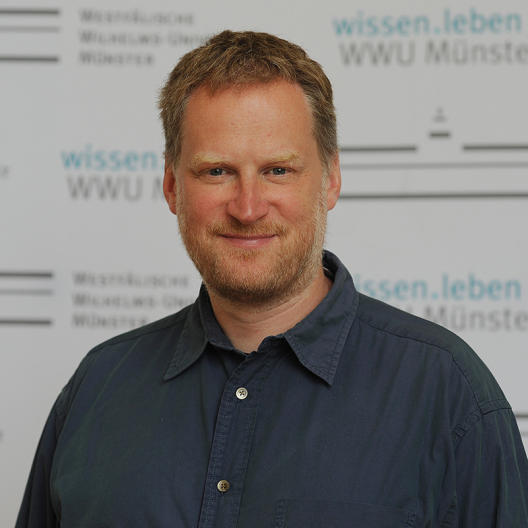“I’m fascinated by the brain’s mystery“

Prof. Klingauf, what scientific topic are you working on right now?
I want to have a better understanding of how the human brain functions, and to that end I look at the smallest parts of the brain, the synapses in nerve cells. Every human being has around 1016 of such synapses in their brain. All nerve impulses flow through them, and such signals are passed on in the body electrically. This is not possible in the brain, however, because nerve cells would be destroyed as a result. The transfer does not occur electrically, but chemically, through hormones – or, to be more precise, through proteins. Each signal emits thousands of proteins, and here it’s not only precision that’s necessary for the signal to be passed on correctly, but also speed. After all, the brain has much less than one millisecond to process each individual signal. The question we ask ourselves is: how are these proteins recycled? How are the nanocontainers in which the proteins accumulate restored after these proteins are emitted?
What characterizes you personally as a scientist?
Even as a young boy I wanted to become a researcher, though at the time I saw myself more as an archaeologist digging up mammoth bones. During my studies I then discovered neurobiology. Since that time I’ve been fascinated by the great mystery of the brain. How the brain functions as a whole is too big a question, though. That’s why I study individual nerve cells. I worked for many years with Nobel prizewinner Prof. Erwin Neher, and he was the one who got me into my particular subject.
What is your great aim as a scientist?
I don’t only want to look into nerve cells – I actually want to produce artificial synapses by myself. We are currently working on a chip on which we can form small artificial nerve cell networks. If we succeed, we will be able to better understand processes in nerve cells and initiate new ones.
Can you remember your happiest moment as a scientist?
In 2014, my colleague Julia Trahe told me that we were actually able to create new synapses in predefined places and that we were able to take microscopic pictures of them. At that moment, we knew that our approach could work. All we had to do was to prove that the newly formed “swellings” on the axons were actually functional synapses.
And what was your biggest frustration?
In 1997 I was working on an similar experiment at Stanford. We had discovered that there were especially large synapses in one region of the brain. It looked as if we could investigate these large synapses electrophysiologically using the so-called patch clamp technique directly in high resolution. That would have been an enormous advantage for research work. We were really pleased and could hardly wait for the results. When we were able to take a closer look at the large synapses, though, it turned out that they were just a large accumulation of small ones. I am all the happier that we are now able to create new synapses on a given grid on a chip. We can now actually examine them with high-resolution imaging techniques.
Which scientific phenomenon regularly fascinates you?
I like looking at questions to do with genetics. I recently came across a region in south Anatolia, in Turkey, called Göbekli Tepe. There’s a gigantic excavation site there where archaeologists have found evidence of primeval grain on the basis of genes. They are certain that our ancestors grew corn there for the first time. So this place was the origin of our settled way of life as humans. It’s incredible that that can be traced to one place. I really want to travel to Göbekli Tepe.

